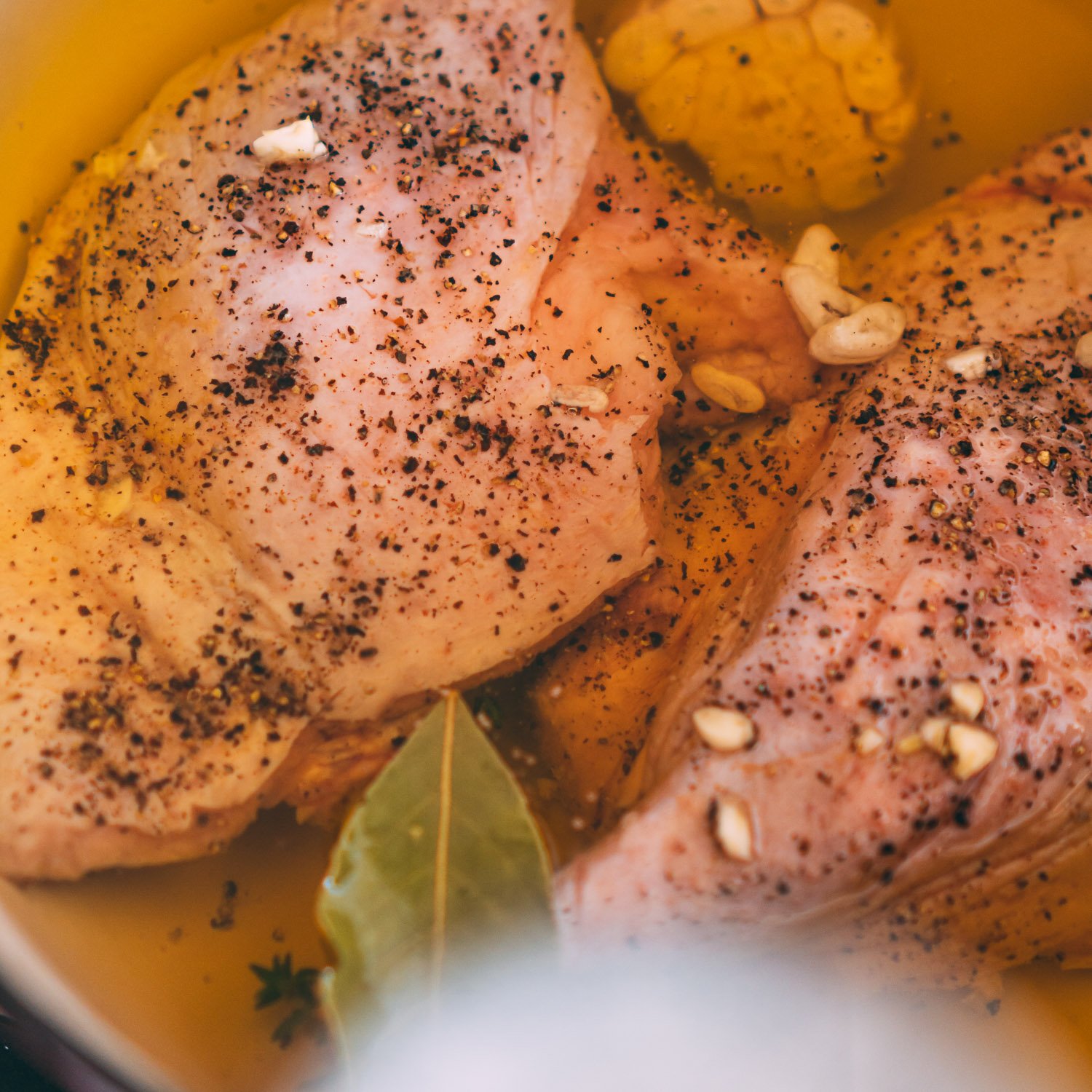How to Render Duck Fat
Rendered Duck Fat Overview
Rendering duck fat is a simple process that involves melting down the fat from a duck and separating it from any solids or impurities. The result is a rich, flavorful fat that can be used in a variety of dishes and cooking techniques, including roasting, frying, and making confit. Here's a step-by-step guide on how to render duck fat at home:
Cooking Directions
Start by trimming any excess fat from the duck. This can typically be found around the breast, thighs, and back.
Cut the fat into small, evenly sized pieces. This will help it melt down more quickly and evenly.
Place the fat in a large, heavy-bottomed pot or saucepan. You can also use a slow cooker or Crock-Pot if you prefer.
Add a small amount of water to the pot, about 1-2 tablespoons per pound of fat. This will help to prevent the fat from burning as it renders.
Turn the heat to low and let the fat melt slowly. As it melts, it will release any impurities and solids, which will settle to the bottom of the pot.
As the fat melts, use a spoon or spatula to skim off any impurities that rise to the surface.
Once all of the fat has melted, use a fine-mesh strainer or cheesecloth to strain the fat into a clean, heat-proof container. Discard any solids left behind in the strainer.
Allow the fat to cool slightly, then transfer it to the refrigerator to solidify. Once it is fully solidified, you can store it in an airtight container in the refrigerator for several months, or in the freezer for up to a year.
That’s it. It’s a simple and easy process that yeilds liquid gold.
Buy a whole duck >

